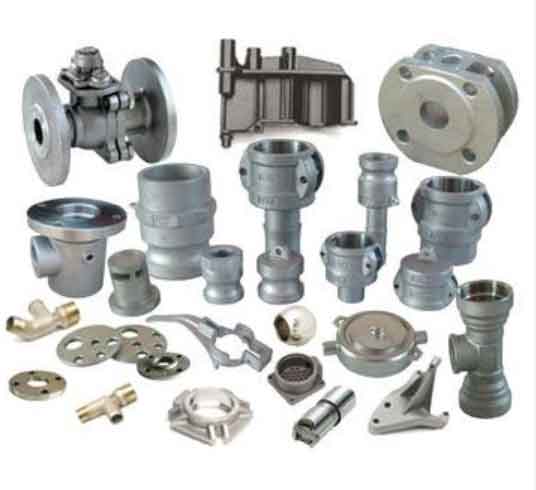Sand casting offers several advantages that make it a preferred choice for producing parts in engineering applications, particularly when strength and precision are crucial factors. Some of the key advantages include:

- Strength and Durability: Sand casting can produce parts with excellent mechanical properties and high strength, making it suitable for applications where components need to withstand heavy loads and harsh operating conditions.
- Versatility in Material Selection: Sand casting can be used to cast parts from a wide range of materials, including various metals and alloys. Engineers can choose the most suitable material based on the specific requirements of the application, ensuring optimal strength and performance.
- Complex Geometries: Sand casting allows for the creation of complex and intricate part geometries. It can produce parts with undercuts, thin walls, and intricate internal cavities, providing the flexibility to design components with intricate features for enhanced functionality.
- Cost-Effectiveness: For producing medium to large-sized parts or components in low to medium volumes, sand casting is a cost-effective solution. The initial tooling costs are relatively low, making it economically viable for specialized, one-off, or short production runs.
- Rapid Prototyping: Sand casting enables engineers to quickly produce prototypes for design evaluation and testing. The ability to create prototypes efficiently helps reduce product development time and allows for design improvements before final production.
- Dimensional Accuracy: With proper mold design and precise control of the casting process, sand casting can achieve excellent dimensional accuracy and tight tolerances, ensuring parts meet engineering specifications.
- Surface Finish Options: Sand casting can provide a range of surface finish options, from rough to smooth, depending on the mold and casting techniques used. This allows for parts to be cast to the required surface finish, reducing the need for additional post-processing.
- Integration with Other Processes: Sand casting is often compatible with other manufacturing processes, such as machining and welding. This allows engineers to create fully finished components by combining sand casting with secondary operations as needed.
- Scalability: Sand casting can be adapted to produce both small and large components, offering flexibility in scaling up or down production based on demand.
- Environmentally Friendly: Compared to some other manufacturing methods, sand casting is relatively environmentally friendly. The sand molds are reusable, and excess sand can be recycled, reducing waste and environmental impact.
The combination of strength, versatility, and cost-effectiveness makes sand casting an attractive option for engineering applications. Whether it’s producing complex parts with tight tolerances or creating durable components for heavy-duty machinery, sand casting provides engineers with the tools they need to meet various engineering challenges efficiently and effectively.
